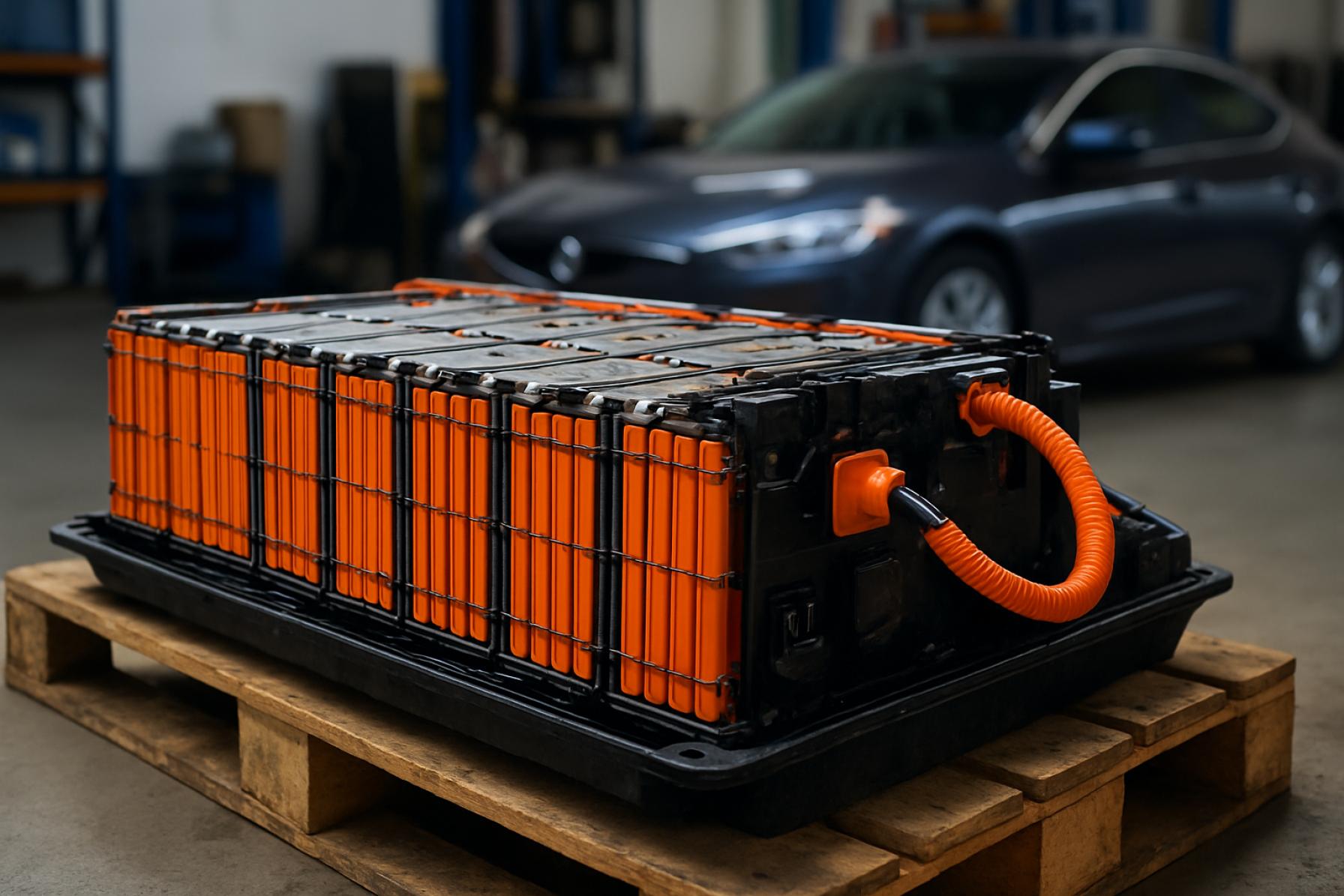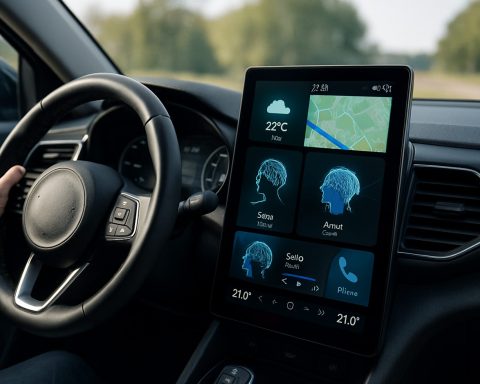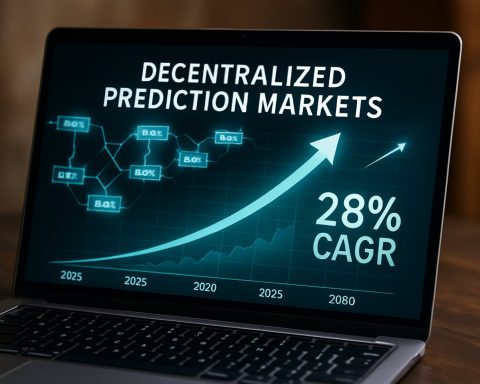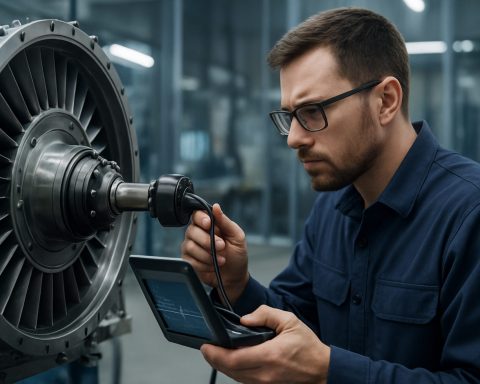- Electric vehicle (EV) batteries hold valuable minerals like lithium, cobalt, and nickel, crucial for the clean energy transition.
- After years of use, most EV batteries retain 60–80% capacity, making them ideal for second-life applications such as home energy storage and grid stabilization.
- Innovative recycling methods are emerging, recovering minerals from depleted batteries and supporting a circular battery economy.
- Leading regions—including Europe, the US, and China—invest in battery recycling to reduce reliance on mining and support sustainable growth.
- Challenges include fire risks, lack of standardization, and skilled labor shortages, but growing investment and policies are driving progress.
- Reusing and recycling EV batteries is essential for environmental protection, resource conservation, and sustainable electrification.
Every year, the world thrums with the arrival of millions of electric cars—21st century icons promising to cut emissions and reinvent our streets. But as the first wave of these vehicles now reaches maturity, a new question hums in the air: What happens to their formidable batteries when the road finally tires them out?
Beneath the smooth metal skin of every EV lies a priceless trove of minerals. Lithium, cobalt, nickel, graphite—these raw elements fuel the global transition away from oil, but they’re growing harder to mine responsibly. Just two countries, Indonesia and the Democratic Republic of Congo, control the majority of nickel and cobalt supplies, with mining often shadowed by environmental and ethical concerns. As the electric era surges ahead, the world faces a race: unlock fresh sources of these minerals, or invent smarter ways to keep the current materials in circulation.
Here, innovation is quietly rewriting the rulebook. Where the uninitiated might picture a dead battery as landfill fodder, researchers and engineers have discovered that used EV batteries often have significant power left. After 12, 15, even 20 years of service, many still retain 60–80% of their original capacity. That’s not enough for marathon drives, but it’s more than sufficient for stationary storage—powering homes, stabilizing solar farms, and fueling remote infrastructure where every electron counts.
A brisk new industry is taking shape. Spent batteries are carefully tested and sorted. Those in good health get a second life as affordable back-up systems. Others—too depleted to carry a second charge—head to “urban miners.” Here, hulking cells are shredded into “black mass,” a velvet powder rich in lithium, nickel, and cobalt. This precious residue is then refined, separated, and fed directly into new batteries, skipping the toxic, costly process of traditional mining.
Europe, the United States, and China have begun to lay groundwork for a full-fledged circular battery economy. Li-Cycle, a company backed by North American and European investments, recovers valuable materials from retired phones and EVs alike. In the United Kingdom, facilities convert discarded cells into raw ingredients for tomorrow’s battery gigafactories—a move that could power upwards of 2.4 million new EVs by 2030. The European Federation for Transport and Environment believes recycled batteries alone could meet up to a quarter of the continent’s cobalt demand within a decade.
Yet, hurdles remain. Battery recycling is not a simple chemistry lesson—it’s a delicate dance through fire risks, unstandardized designs, and the need for specialist skills. Even so, momentum is growing. Growing investment, landmark policies like the U.S. Inflation Reduction Act, and international eco-initiatives continue to inject new energy into the sector.
The key message is clear: the story of an electric car battery doesn’t end at the junkyard gates. With smart reuse, state-of-the-art recycling, and better data on battery health, the minerals powering today’s vehicles can transform into the clean energy of tomorrow. As the world electrifies, rethinking how we handle these hidden powerhouses could turbocharge both environmental progress and economic opportunity.
To follow the electrification revolution and the future of energy, visit energy.gov.
What Happens to Dead EV Batteries? The Million-Dollar Second Life (And Why You Should Care)
The Untold Journey of Used Electric Vehicle Batteries
Electric cars are taking over roads worldwide, promising a cleaner, greener future. But as millions of these vehicles reach the end of their lifespan, the burning question lingers: What becomes of their immense, mineral-rich batteries? While most people visualize a landfill fate, the reality is far more surprising—and potentially revolutionary.
Below, discover additional insights, real-world hacks, and pressing answers about EV battery reuse, recycling, economics, and what it means for you and the planet.
—
1. What Do We Really Mean by “Battery Recycling”?
Most EV batteries are lithium-ion, similar to those in laptops and smartphones, but scaled up for much higher performance and longevity. Traditionally, recycling a battery meant breaking it down for parts—a time-consuming, often polluting process involving smelting at high temperatures.
Modern Recycling: Closed-Loop Systems
– Hydrometallurgical recycling: Uses liquids to separate materials, emitting less CO2 and recovering more minerals (US Department of Energy).
– Direct recycling is emerging, preserving more of the battery’s structure for even cleaner reuse (DOE, energy.gov).
—
2. How Much Power Is Left in a “Dead” Battery?
After a decade or more in a car, an EV battery still holds 60–80% capacity—too low for optimal driving, but more than enough for stationary storage or less-demanding tasks.
Real-World Use Cases
– Grid-Scale Storage: Utilities use retired batteries to collect surplus solar/wind energy and deliver it during high demand.
– Home & Business Backup: Companies like Nissan and Tesla repurpose old EV batteries for residential energy storage, saving on costs and emissions.
– Remote Power: Telecom towers and off-grid villages benefit from recycled EV batteries as long-term, reliable power solutions.
—
3. Market Forecasts & Industry Trends
– Explosive Growth: The global lithium-ion battery recycling market is projected to exceed $18 billion by 2030 (Allied Market Research).
– Europe leads the way with strong battery directives and ambitious targets to recover and reuse cobalt, nickel, and lithium.
– Circular Economy: By 2030, up to 25% of Europe’s cobalt needs could be supplied by recycled batteries (European Federation for Transport and Environment).
Key Players
– Li-Cycle: North America’s leading recycler, recovering over 95% of valuable elements from used batteries.
– Redwood Materials (run by Tesla co-founder JB Straubel): Recycles batteries for several US automakers and electronics companies.
—
4. Controversies & Limitations
– Fire Risks: Degraded batteries can combust if handled or stored incorrectly, making safety a big concern.
– Design Complexity: Lack of standardization hinders automated disassembly and raises costs.
– Ethical Sourcing: Battery recycling helps offset supply chain risks, especially given child labor and environmental issues linked to cobalt in the Democratic Republic of Congo.
—
5. Industry Reviews & Tech Comparisons
Battery Types and Recyclability
– NMC (Nickel Manganese Cobalt): Most common in current EVs—valuable but uses scarce minerals.
– LFP (Lithium Iron Phosphate): Safer, longer life, but less lucrative for recyclers due to lower-cost materials.
See global updates and policy advances at: energy.gov.
—
6. Specs, Features, and Price Insights
– Battery prices fell over 80% in the past decade (BloombergNEF), making EVs more affordable—but minerals remain a choke point.
– Second-life systems cost 30–50% less than new stationary energy storage, making them highly competitive for businesses and municipalities.
—
7. Security, Sustainability & Compatibility
– Tracking & Data: Modern batteries have digital “passports” tracking usage, chemistry, and health for safer recycling (Global Battery Alliance).
– Eco-Impact: Recycling batteries reduces mining emissions, destruction of ecosystems, and reliance on unstable suppliers.
– Policy Support: US Inflation Reduction Act (2022) gives EV buyers credits for batteries made with local, recycled materials.
—
8. Insights, Predictions & Quick Tips
Predictions:
– By 2035, over half of the EV battery materials could come from recycled sources (World Economic Forum).
– More automakers will build “gigafactories” near recycling hubs, further slashing emissions and costs.
—
Actionable Recommendations & Life Hacks
– Choose Brands with Robust Battery Recycling Programs: Some automakers, like Nissan, Renault, and Tesla, publish recycling rates and offer buy-back programs.
– Check Local Policies: Many regions offer rebates or incentives for participating in battery recycling or purchasing reused battery tech.
– Ask About Battery “Passports”: Buying a used EV? Request digital tracking records to know its battery health—and resale value.
For in-depth policy, sustainability, and technology briefs, visit: energy.gov
—
Pros & Cons Overview
Pros:
– Reduces resource extraction and environmental damage.
– Could dramatically lower the real carbon footprint of electric vehicles.
– Creates new jobs and innovative industries worldwide.
Cons:
– Technology is still evolving—full automation and cost-efficiency are years away.
– Safety and regulatory standards are still catching up.
—
The Bottom Line
EV batteries don’t just power your car—they’re poised to power a whole clean-energy revolution. Whether you’re an electric driver or just a curious consumer, knowing what happens to “dead” EV batteries can help you make smarter, greener choices in your next vehicle, energy project, or investment.
Next Steps:
– Support circular economy policies.
– Look for certifications or recycling initiatives when buying an EV.
– Consider second-life battery products for your home or business.
To stay ahead on electrification, energy policy, and sustainable innovation, bookmark energy.gov.
—
Keywords:
EV battery recycling, second life batteries, lithium-ion reuse, electric vehicle sustainability, battery minerals, circular economy, sustainable energy storage, battery passport, clean energy revolution.











